When Marshall Amplification announced the launch of a small 5w combo a few years ago, it was literally music to my ears.
…this is a surprisingly loud amplifier, so depending on the venue, you may have to use an overdrive pedal…
I’ve waited over 7 months to write a review of this amp, as I’m conscious not to fall into the trap of writing a review during the “honeymoon period” of a recently acquired guitar item. Subsequently, I’ve had the opportunity to use the amp through a variety of guitars and effects pedals.
This review is for the Version 2 (2011 version) C5-01 combo, which features:
The reason I purchased the 2011 version of the combo was primarily due to the additional “low volume” switch that wasn’t present on the original Class 5. This switch really does allow the bedroom guitarist play through a screaming, all-valve, Marshall amp without annoying the wife/neighbours/kids/dog etc (delete as appropriate!).
The amp looks good too, with a nod to the old ‘60’s Bluesbreaker combos, sporting a well finished tolex covering and attractive grill cloth.
The Class 5 combo is so easy to use. With only a volume control and 3-band EQ to be concerned with, it’s very much a “set it and forget it” amplifier. You can obtain a good tone in a few minutes.
The “Low Volume” mode is activated by a switch on the rear panel of the amplifier and is easily accessible.
I’ve used the amplifier in different scenarios (locations & venues, with/without pedals, variety of guitars etc) to see how the variations effect the sound quality of the amp.
As mentioned above, to dial in a sound to suit your guitar is very easy, even if swapping between humbucker and single coil equipped guitars.
The first aspect that hits you is the huge volume this unassuming amplifier emits – it’s VERY loud. Don’t be drawn into the “5W means low volume” misconception. With the volume up past 5 (half way), you may find you’ll leave a practice session with your ears ringing – there’s no doubt about it, the volume of the amp will hold its own alongside a number of drummers!
Using a humbucker equipped guitar, expect clean tones to gently begin to break up (when strumming with medium force) with the volume control set to around 4-5. The joy of the amp is somewhat in unison the further you increase the volume, as the rise in volume makes way for an increasingly rich, powerful, valve-driven overdrive.
If you’re fortunate enough to practice or play in a venue that accommodates music played relatively loudly, you’ll have no need for an overdrive pedal. Crank the volume as far as you can get away with, use your guitar volume/tone controls to vary the headroom and you’ll be in valve overdrive heaven.
I mainly use the amp at home and at church. At home, I have no need to use an overdrive pedal, but at church, the amp’s guitar volume seldom passes the 3-4 mark (bah!). In this scenario, a good overdrive pedal is needed (at the time of writing I’m using a BB Preamp Overdrive, which is brilliant). With the amp volume set to 4, the initial bloom of sound is full and just on the edge of breakup, depending on the guitar that’s being used. This provides a surprising amount of versatility, especially in conjunction with a good overdrive pedal. It’s worth mentioning, the Class 5 combo takes pedals very well indeed.
The “Low Volume” switch could be used in those scenarios, but the ability to obtain full, clean tones is subsequently negligible.
Typically, I set the amplifier volume to as loud as I can get away with, engage my overdrive pedal and back the guitar volume to half-way, adjusting further to vary the gain accordingly (rhythm & lead).
With regards to the EQ, there’s surprisingly a lot of bass on tap, much more than I ever would have expected. Too much treble has often been my “achilles heel” with regards to my personal tone quest, but there’s no fear of that with the C5-01. I find myself lowering the bass and cranking the mids/treble on the amp and varying the tone using the guitar controls.
The amplifier sounds good with all my guitars – especially my Fender Stratocaster. You can easily obtain some classic Hendrix/Frusciante tones.
No problems so far. I’ve wondered how easy it would be to change the valves though (as and when it’s required), but I haven’t ventured into the bowels of the amp yet.
With regards to Marshall customer services, in my experience, they’re brilliant. A problem occurred with the reverb on my Vintage/Modern combo and it was fixed and returned for free within a couple of days (so make sure you register for your warranty!).
In summary, I’d say the amp is very much suited to the guitarist who delights in using the guitar volume and tone controls to vary the overall tone and gain emitted from an amplifier. That being said, this is a surprisingly loud amp, so depending on the venue, you may have to use an overdrive pedal.
I’m more than 100% happy with the amp. It’s great fun to play through, with good clean and valve-driven overdrive tones and the addition of the “Low Volume” switch will keep you grinning for days.
If you’re looking for a good, low-powered, all valve combo, that encompasses classic British rock tones, you can’t go wrong with the Marshall Class 5. It’s surprisingly versatile too and I can imagine it being used in a variety of musical genres.
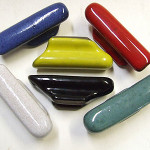
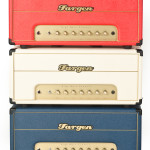
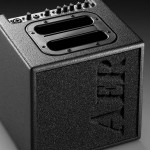
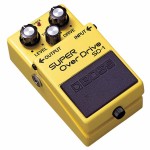

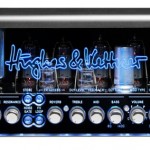

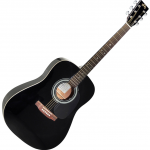
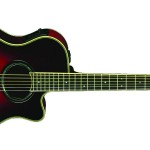

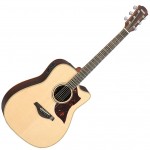
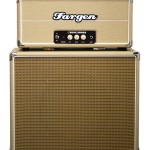

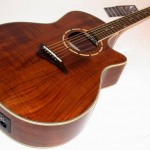
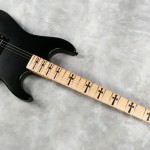


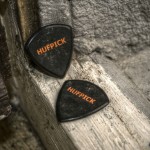
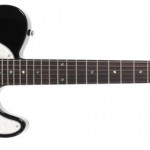
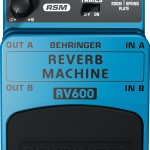
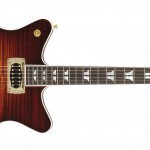
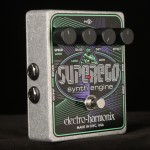

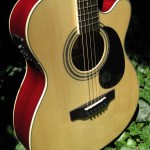
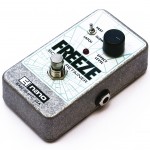
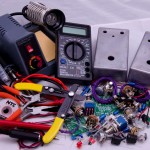
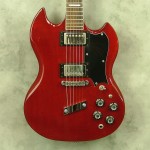
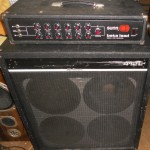
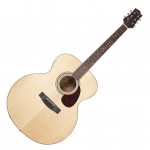
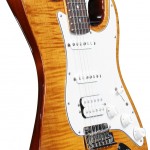
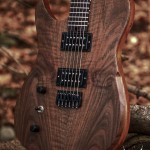
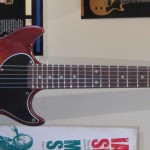
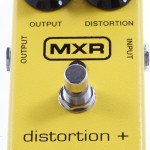
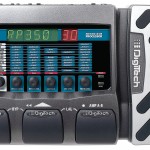
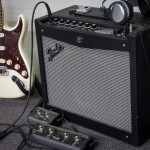
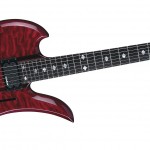
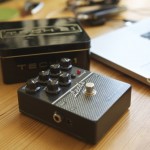
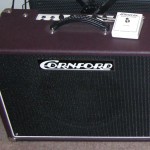
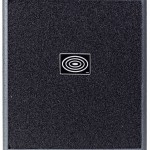
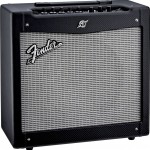

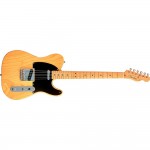
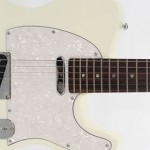


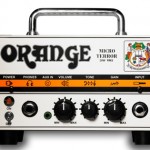

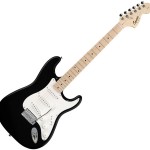

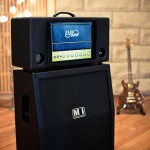

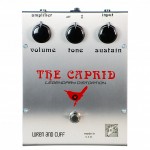
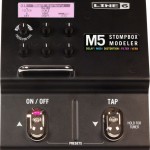
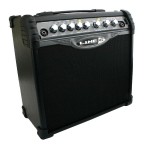



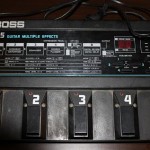
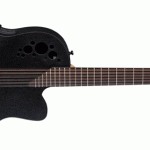
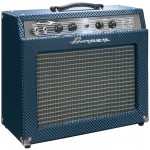
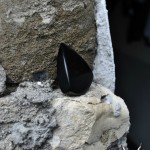

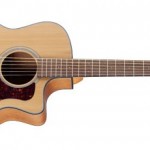

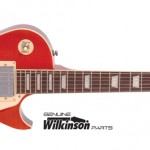
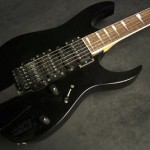
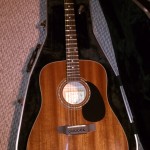
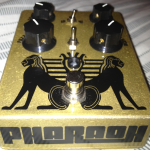
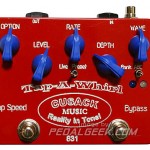
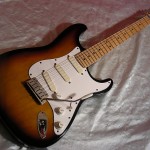
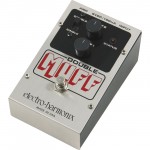
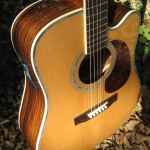
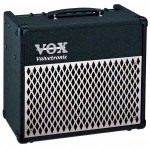
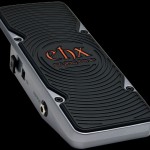
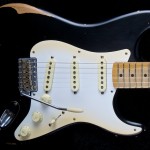
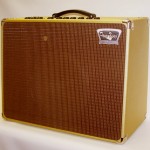
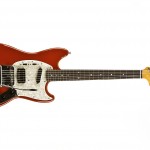
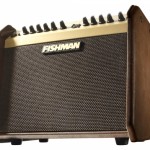
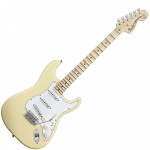
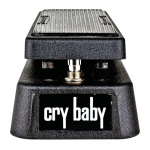
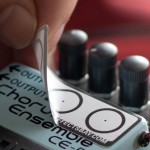
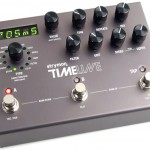
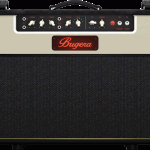
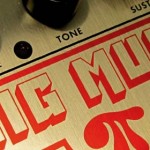
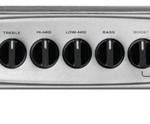
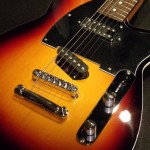
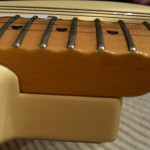
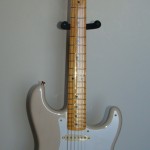

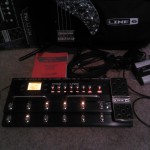
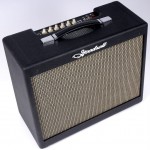
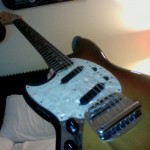
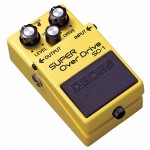
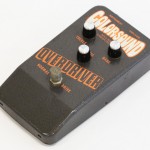
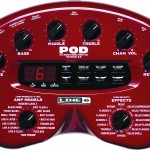
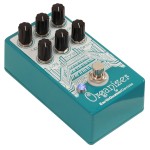
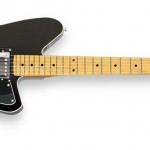
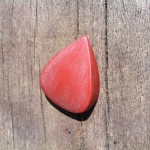
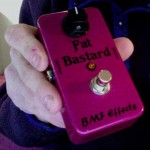
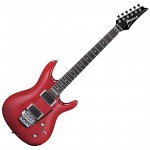
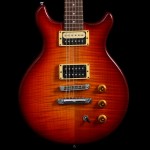
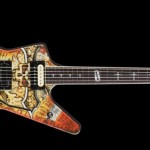

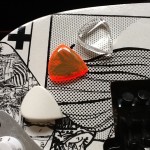

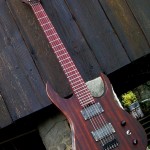
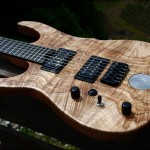
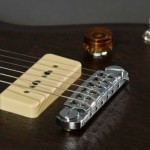

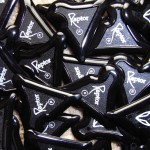

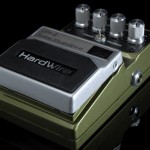


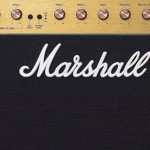

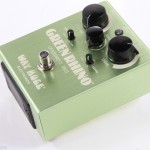
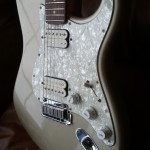
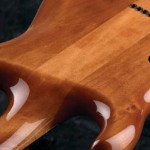
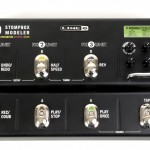
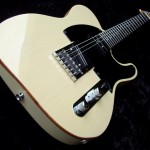
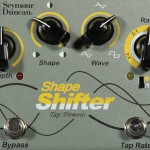
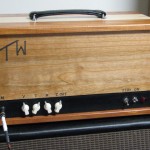

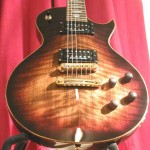
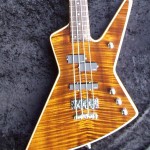
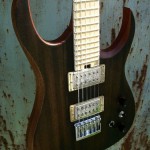
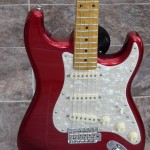
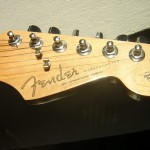

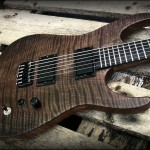

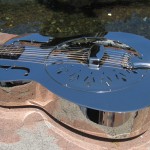
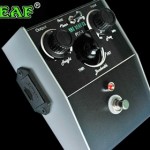
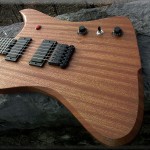




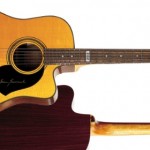
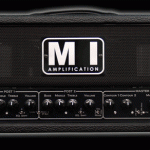
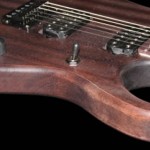
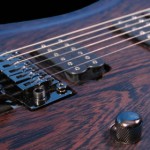
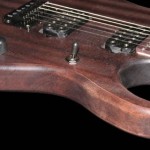
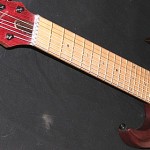
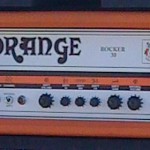


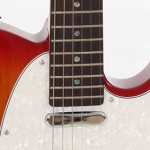
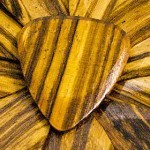
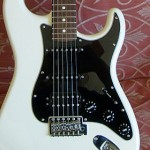
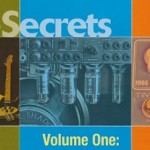
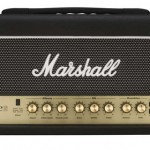
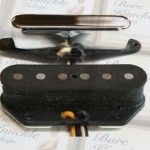
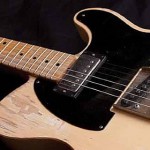
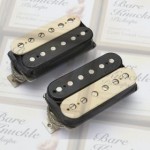
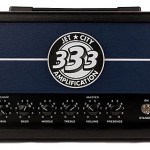
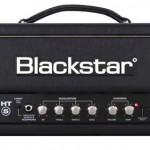
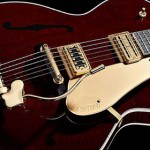
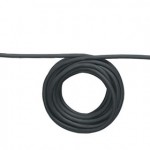
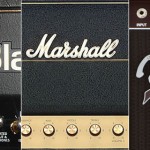


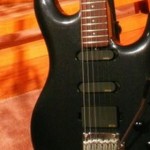
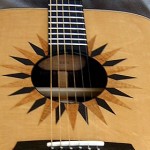

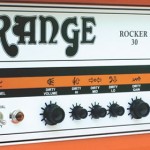
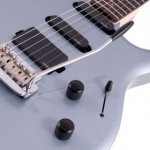
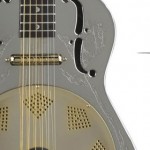


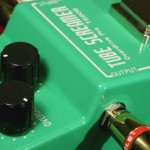


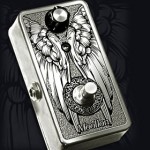
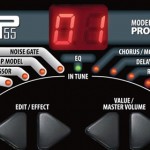
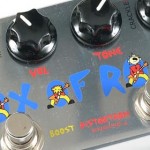
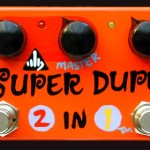
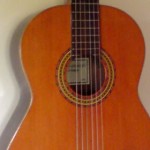
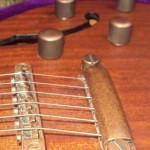
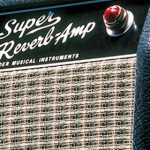

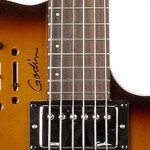
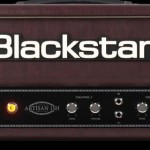
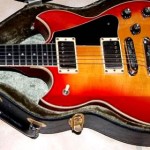
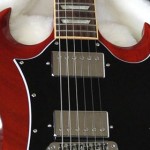
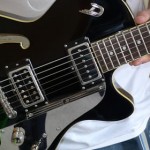





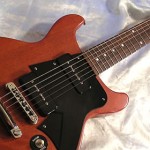

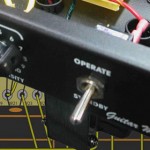
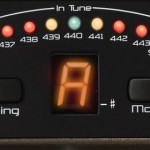
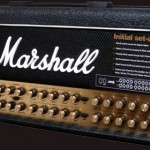


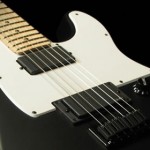



Leave a Reply